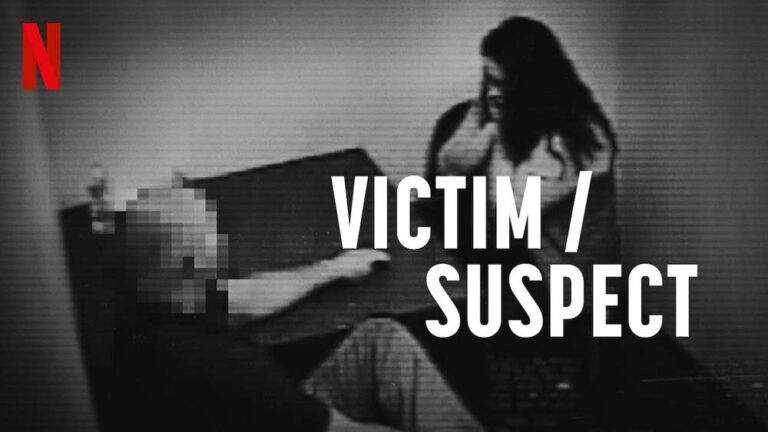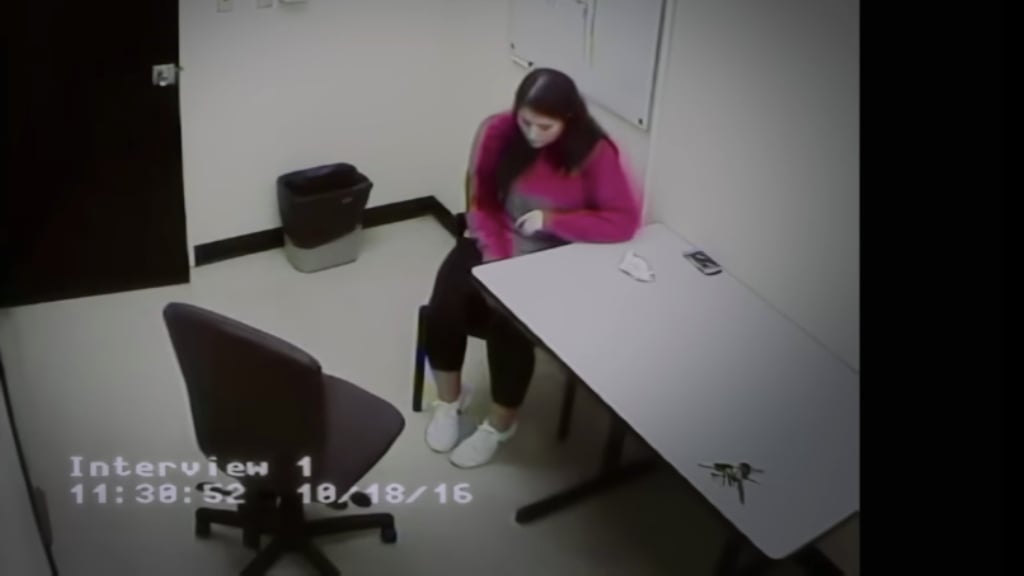
American filmmaker and media strategist Nancy Schwartzman has made a documentary on a very poignant issue of our era. The film Victim/Suspect discusses (quoting an article from The New York Times) “When the Accuser Becomes the Accused.”
The movie follows the work of investigative reporter Rachel de Leon, who dedicated 4 years of her life gathering more than a 160 cases where alleged victims of sexual assault were turned into suspects. Rae (as friends call her) started to move her first steps in journalism when she was in high school: her first piece was about a pothole that thanks to her reporting got fixed. As she grew older she moved to more controversial topics once she started working for The Center for Investigative Reporting in Oakland.
The story that engaged her the most is the one connected to this documentary, currently available on Netflix, about the way victims of assault are turned into the suspects. During the investigation the reporter — who won two Emmys for her work on the web series The Dead Unknown and the PBS NewsHour segment Deadly Oil Fields — followed the cases of Nikki Yovino, Emma Manion, Dyanie Bermeo, and Megan Rondini. The young women’s stories were plastered all over the news, but it took Rae de Leon’s research to set their record straight. Unfortunately Megan couldn’t make it to the day in which her reputation was cleared: she took her own life, overwhelmed by the wildly chaotic defamation received on social media.

Victim/Suspect brings to the screen yet another example of misconduct in public office. This emerges by observing how the policemen interrogating the victims use intimidation and deceit by saying they have videos to prove their point (although surveillance footage is often missing). This does not get the truth out of the victims, who get confused because they are traumatised and have memory difficulties. Instead, it leads them to recanting their story. There are numerous training techniques that policemen use to elicit confessions. The most famous being the Reid Technique, that goes from a positive confrontation to shifting the blame, until the moment when the suspect’s admission or confession goes on the record. One may wonder why policemen don’t simply dismiss the case. The answer is that this process is quicker and allows them not to to go through the entire investigation.
Rachel de Leon is very grounded in the way she tries to get to the bottom of the truth. She underlines that, as a reporter, she has to keep an open mind, acknowledging the fact interviewees may be telling the truth or lying. She always keeps professional boundary. It is important to see evidence for herself without hearing it second-hand. In fact, it is the very Emma Manion who praises the journalist for “doing the leg work the police should have done.”
The horrific aspect of this story is not only how the police prefer to transform victims into suspects, but the way they post news about them on their social media accounts knowing journalists will republish the stories. Shaming women online prevents other sexual assault survivors from revealing their story: they fear no one will believe them and that their reputation will be ruined with just one click.

The fact the alleged assailant was somehow known to the reporting victim, or there was a brief encounter before the incident, doesn’t help the victim’s credibility, because it opens the possibility that the police can say there was consent. Furthermore, the biggest weakness in these women’s story is how they let themselves be convinced to plead guilty. The tendency to mistrust women who confess their stories as victims of sexual violence is deeply engrained in our society. As Schwartzman’s documentary explains, there is a fascination for the Gone Girl syndrome of women falsely accusing of being violated.
Yet statistics clash with this widespread idea: 2%-10% of sexual assaults reported are false. Up until today 200 hundred cases have been found so far, with more than 460,000 assaults per year occurring in the USA. 30% are reported and 1% of perpetrators are persecuted. There is little justice for the victims and the question rises if reporting the assault is worth the risk.
But not all officers in Victim/Suspect are villains. Several members of the authorities refused to talk to Rachel de Leone (like Sheriff Ron Abernathy and his entire department), yet there is one policeman of the sex crime unit who was willing to go on camera. He is Carl Hershman, who has become a nationally recognised speaker of sex crime investigations, and towards the end of the film he reveals why this topic is so dear to him.

Most victims of sexual assault are between the ages of 14 and 26 and are scarred for life. Dyanie Bermeo, as a child was a fan of Law & Order and aspired to work one day in law enforcement. What happened to her threw out of kilter her faith in the justice system.
The way reporter de Leon opened Pandora’s box, inevitably brings to mind the MeToo and Time’s Up movements, that until today seem to have failed their mission in guaranteeing women’s freedom from sexual violence and harassment. One of the biggest critiques that was addressed to these initiatives was how the collective action focused on powerful individuals rather than mass empowerment: it favoured celebrities over ordinary women.
History has many examples of women teaming up to rebel against exploitation, from the women suffragettes in the United Kingdom fighting for the right to vote in the early 20th century, to the foundation of the Coalition of Labor Union Women in the United States during the Seventies. Nevertheless the 21st century seems stuck in the Shakespearean depiction of men suppressing rebellious women. The Taming of The Shrew was first published in 1592 and Petruchio’s method of “taming” Katherine through emotional manipulation doesn’t seem so different from the one used by the policemen in Schwartzman’s film. The most disquieting trait is that if it weren’t for the group action of the victims’ legal team and the support of The Center for Investigative, the women in Victim/Suspect would end up brainwashed for life. Just like the reformed-shrew in the Folio who enunciates in her final soliloquy: “I am ashamed that women are so simple; To offer war where they should kneel for peace; Or seek for rule, supremacy, and sway, Whey they are bound to serve, love, and obey.”
A woman with an outspoken nature is still considered unacceptable these days, not the same can be said for a man. The double-standard persists. A man is decisive, assertive, passionate and strategic. A woman with the same traits is defined as bossy, pushy, emotional and calculating. He simply reacts, whereas she overreacts. The patriarchy is far from being eradicated, although some tiny steps are being made to pursue equality of the sexes and Victim/Suspect plays its part in openly condemning a reprehensible act inflicted upon women.
Rachel de Leon’s reportage and Nancy Schwartzman’s documentary mark another brick in the wall of the gender politics debate. Victim/Suspect unveils — through a story that focuses on the United States but could apply to any nation in the world — that not only the police should be held accountable for this perverse mechanism. Also the prosecutors, judges, and mayors are responsible for the decisions and actions affecting women in society. There is an institution of people who allow it to happen and needs to change.
Final Grade: B

